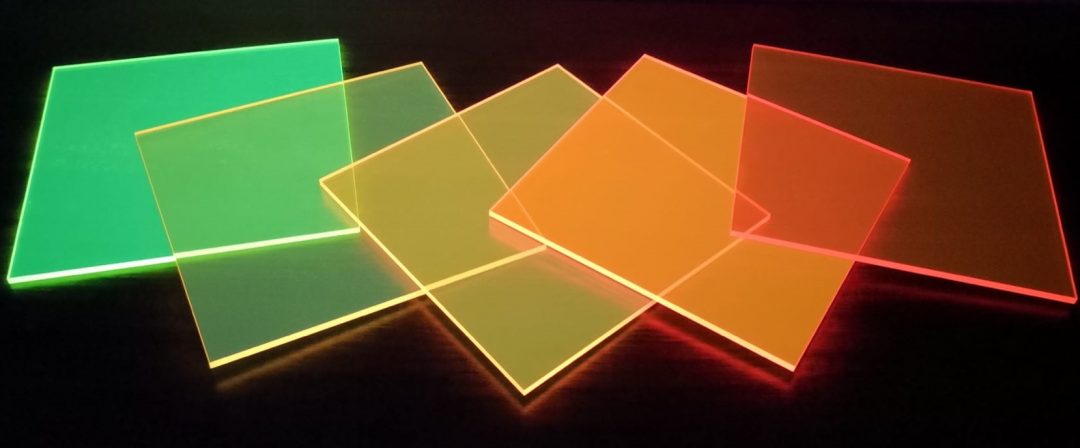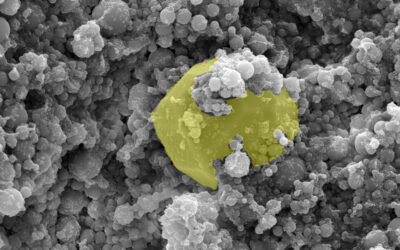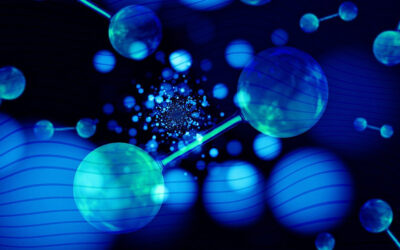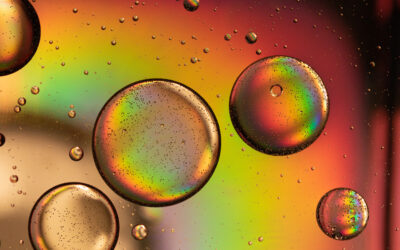Rooftop solar panels are widely used for electricity production, but there may be space limitations in cities, with rooftop space often insufficient to generate enough electricity for the building requirements, and drawbacks in terms of aesthetics.
There are potential solutions through the use of building‐integrated photovoltaic (BIPV) technologies of which there are several types, with luminescent solar concentrator (LSC) technology being widely studied. The concept of LSCs was introduced in the 1970s and since then, research has accelerated largely due to significant advancements in the research on luminophores. LSC technology provides the opportunity to integrate photovoltaic (PV) devices in buildings in an aesthetically pleasing way. For example, colorful windows in a house could be both a functional and design feature.
In a typical LSC, a luminescent waveguide concentrates sunlight from a large area to a small area, reducing material use of solar cells and providing less sensitivity to shade than traditional solar cells. Sunlight enters a luminescent waveguide and the luminophores absorb and convert short-wavelength solar photons into long-wavelength solar photons. These photons are transported to the perimeters through total internal reflection and absorbed by PV cells attached to the edges.
Conjugated polymers have a wide range of applications due to their structural versatility but are rarely reported for LSCs. There are challenges with conjugated polymer stability, but much has been learnt in this area and they have great potential for innovation in areas such as electronics and energy. Building on this potential, researchers have produced a luminescent conjugated polymer for LSCs, called poly(naphthalene‐alt‐vinylene) (PNV).
The team sandwiched a thin layer of PNV‐doped PMMA between two clear acrylic sheets to create “windows”, which were cut square in sizes from 1 to 12 inches. The windows were tested under outdoor direct sunlight and indoor diffuse light‐emitting diode (LED) light. PNV absorbed and emitted red light, but future adjustments should provide potential for using a variety of colors of light.

The power generated during testing was lower than that of commercial PV cells with sunlight, but in addition to converting sunlight, the LSC windows can utilize light from inside a house at night. The researchers found that the efficiency was actually greater with internal ambient LED light (10 W m−2 ± 10%) than with direct sunlight (1000 W m−2 ± 10%), despite the sunlight being 100 times stronger. When tested under outdoor direct sunlight and indoor diffuse LED light, the PNV-based LSCs with a size of 12 in. exhibited power conversion efficiencies of up to 2.9% and 3.6%, respectively. They also demonstrated concentration ratios of up to 1.49 and 3.53, respectively.
Monte Carlo ray‐tracing simulation was employed to project the performance of larger LSCs, with sizes of up to 120 in. For the LSCs under outdoor direct sunlight and indoor diffuse LED light, the projected power conversion efficiency values were 1.29% and 0.88%, respectively, and the projected conversion ratios were 6.73 and 8.62, respectively.
This research highlights the potential of PNV as a luminescent conjugated polymer for high-performance luminescent solar concentrators.
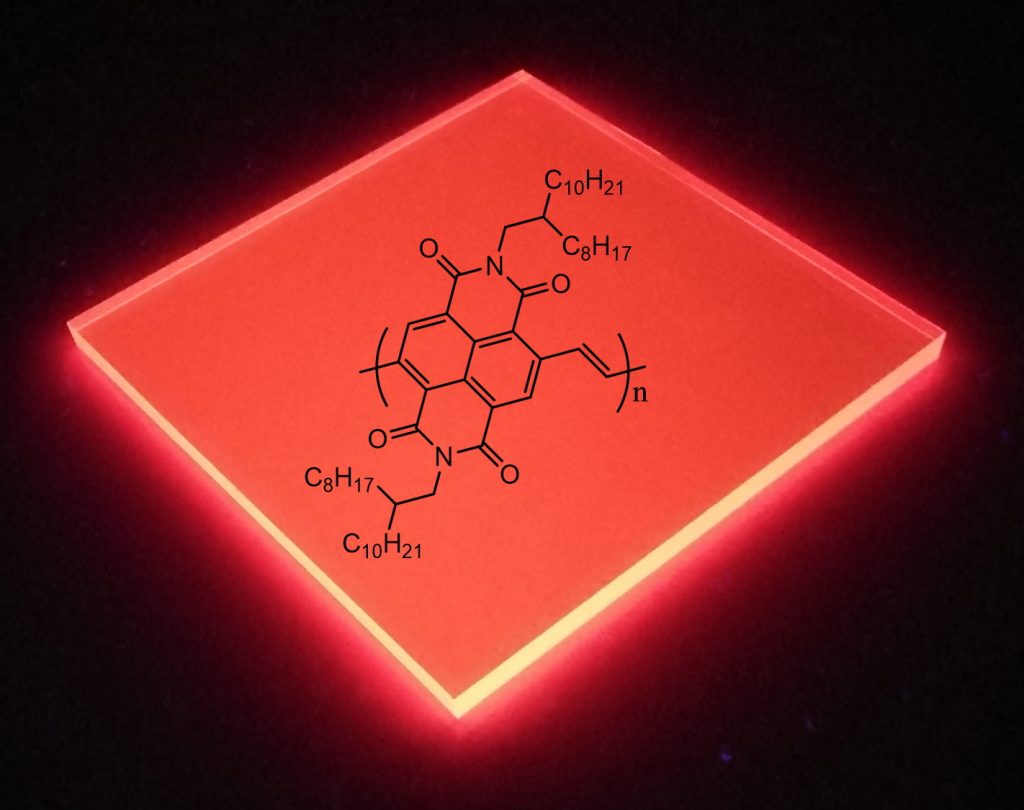
Reference: Li Y and Verduzco R et al., High‐performance hybrid luminescent‐scattering solar concentrators based on a luminescent conjugated polymer, Polymer International (2021). DOI: 10.1002/pi.6189

